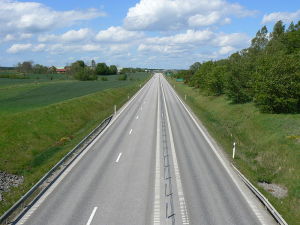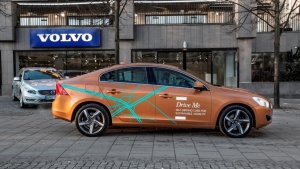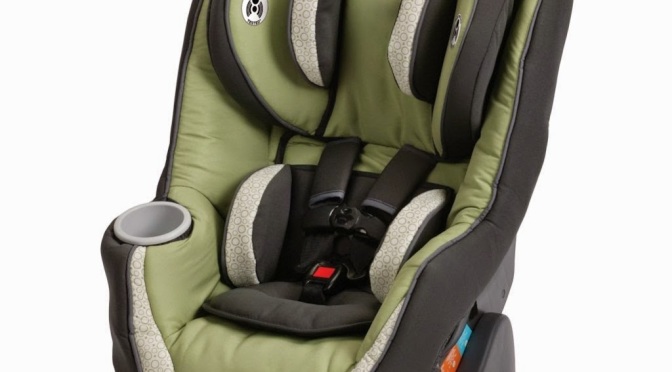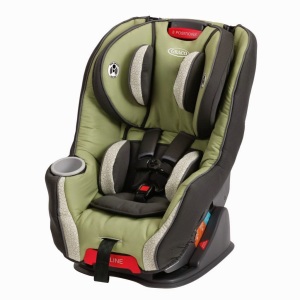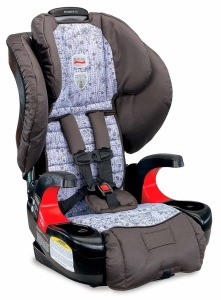The Honda CR-V is my favorite small SUV / crossover, and is easily the most popular one in the country. Families love it because it’s reliable, affordable, and offers a surprising amount of room and utility while getting good gas mileage and looking sharp. It competes with offerings like the Ford Escape and Subaru Forester in the small SUV / crossover market, while being a good alternative to larger SUVs like the Honda Pilot and Toyota Highlander. I made it my mission to find out how well every single generation of the CR-V did when it comes to fitting 3 car seats across a Honda CR-V. The results were pretty impressive; it’s not a giant SUV, but you get a wide array of choices.
Before looking into which seats work well in the various years of the CR-V, I always like to look at the basics of best practices in terms of car seat safety. For me, this means trying to rear-face as long as possible (ideally until 4!), and then forward-face as long as possible (ideally until 8!), and then aiming to booster until a regular belt fits your child (which typically happens between 10 and 12). These suggestions are meant to keep your child restrained in the safest positions as long as possible.
However, for this information to be helpful, you need to know if a particular car seat will fit in your particular vehicle. Here are my experiences fitting a range of seats inside various years of the Honda CR-V. I’ll periodically update each page as I try more seats in more positions.
You can access the complete 3 across guide for every vehicle here and the complete list of recommended seats here. Canadians can view their list here. 3 across car seat images are courtesy of Wikipedia.
2017, 2018 Honda CR-V (5th gen)
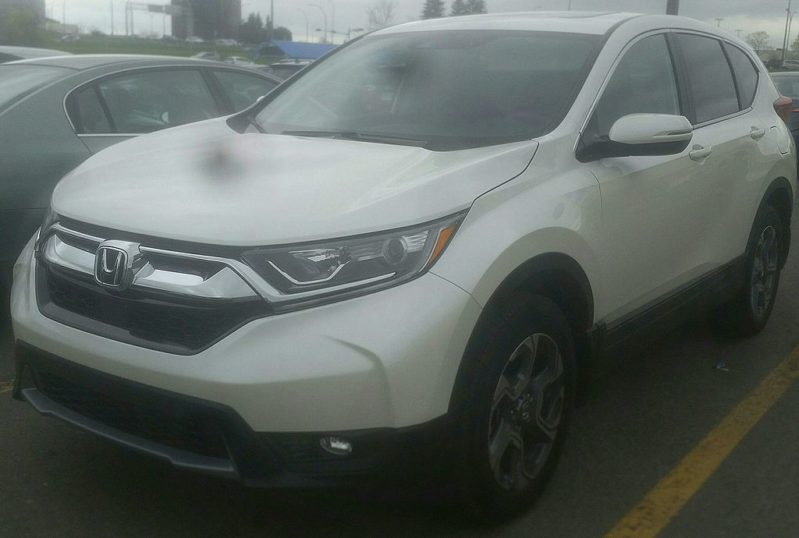 Guaranteed 3 across installations:
Guaranteed 3 across installations:
Clek Fllo (x3).
Diono Radian R120 (x3).
Diono Radian R100 (x3).
Diono Radian RXT (x3).
Clek Oobr (x3).
Peg Perego Flex 120 (x3).
Maxi-Cosi RodiFix (x3).
Chicco KeyFit 30 (x3).
Combi Coccoro (x3).
Diono Radian R120 / RXT, Diono Rainier, Diono Radian R120 / RXT,
Diono Radian R120 / RXT, Diono Pacifica, Diono Radian R120 / RXT,
Diono Radian R120 / RXT, Diono Olympia, Diono Radian R120 / RXT.
Chicco NextFit, Chicco KeyFit 30, Chicco NextFit.
Chicco NextFit, Chicco NextFit, Chicco KeyFit 30.
Diono Radian R120 / RXT, Evenflo Maestro, Graco TurboBooster.
Diono Radian R120 / RXT, Diono Radian R120 / RXT, Eddie Bauer 3-in-1.
Diono Radian R120 / RXT, Diono Radian R120 / RXT, Graco TurboBooster.
Britax Frontier 90, Combi Coccoro, Safety 1st Complete Air.
Peg Perego Primo Viaggio, Diono Radian R120 / RXT, Kiddy Cruiserfix Pro.
Clek Oobr, Diono Radian R120 / RXT, Diono Radian R120 / RXT.
Tips and Tricks:
The current generation of CR-V is 73 inches wide, or an inch wider than the prior generation. The length of both generations is slightly longer as well at just under 181 inches, indicating you’ll also have a bit more front-to-back length. As a result, this is the roomiest CR-V yet, and you’ll have a slightly easier time fitting seats here than in the past.
As with every generation of the CR-V, however, given the rather short length of the crossover, you’ll want to keep your front-to-back space in mind if you’d like to use the Dionos; I strongly recommend getting the angle adjuster so you won’t make driving your CR-V or sitting in the front passenger seat a negative experience. Similarly, to maximize side-to-side space, use your seat belts instead of the LATCH anchors.
2012, 2013, 2014, 2015, 2016 Honda CR-V (RM1, RM3, RM4)
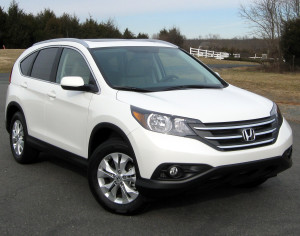
Guaranteed 3 across installations:
Clek Fllo (x3).
Diono Radian R100 (x3).
Diono Radian RXT (x3).
Clek Oobr (x3).
Peg Perego Flex 120 (x3).
Maxi-Cosi RodiFix (x3).
Chicco KeyFit 30 (x3).
Combi Coccoro (x3).
Diono Radian R120 / RXT, Diono Rainier, Diono Radian R120 / RXT,
Diono Radian R120 / RXT, Diono Pacifica, Diono Radian R120 / RXT,
Diono Radian R120 / RXT, Diono Olympia, Diono Radian R120 / RXT.
Chicco NextFit, Chicco KeyFit 30, Chicco NextFit.
Chicco NextFit, Chicco NextFit, Chicco KeyFit 30.
Diono Radian R120 / RXT, Evenflo Maestro, Graco TurboBooster.
Diono Radian R120 / RXT, Diono Radian R120 / RXT, Eddie Bauer 3-in-1.
Diono Radian R120 / RXT, Diono Radian R120 / RXT, Graco TurboBooster.
Britax Frontier 90, Combi Coccoro, Safety 1st Complete Air.
Peg Perego Primo Viaggio, Diono Radian R120 / RXT, Kiddy Cruiserfix Pro.
Clek Oobr, Diono Radian R120 / RXT, Diono Radian R120 / RXT.
Tips and Tricks:
The 2012-2016 generation of CR-V is 72 inches wide, which remains unchanged from the width of the prior generation. The length of both generations is also the same at 178 inches, indicating front to back length will also be the same. As a result, any seats that can fit in the current generation, in general, will also fit in the previous generation.
As with every generation of the CR-V, however, given the rather short length of the crossover, you’ll want to keep your front-to-back space in mind if you’d like to use the Dionos; I strongly recommend getting the angle adjuster so you won’t make driving your CR-V or sitting in the front passenger seat a negative experience. Similarly, to maximize side-to-side space, use your seat belts instead of the LATCH anchors.
2008, 2009, 2010, 2011 Honda CR-V
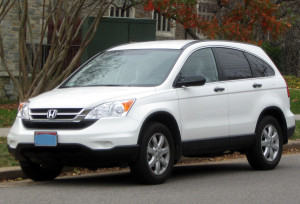 Guaranteed 3 across installations:
Guaranteed 3 across installations:
Clek Fllo (x3).
Diono Radian R120 / RXT (x3).
Diono Radian R120 / RXT, Diono Rainier, Diono Radian R120 / RXT,
Diono Radian R120 / RXT, Diono Pacifica, Diono Radian R120 / RXT,
Diono Radian R120 / RXT, Diono Olympia, Diono Radian R120 / RXT.
Chicco NextFit, Chicco KeyFit 30, Chicco NextFit.
Chicco NextFit, Chicco NextFit, Chicco KeyFit 30.
Diono Radian R120 / RXT, Evenflo Maestro, Graco TurboBooster.
Diono Radian R120 / RXT, Diono Radian R120 / RXT, Eddie Bauer 3-in-1.
Diono Radian R120 / RXT, Diono Radian R120 / RXT, Graco TurboBooster.
Britax Frontier 90, Combi Coccoro, Safety 1st Complete Air.
Peg Perego Primo Viaggio, Diono Radian R120 / RXT, Kiddy Cruiserfix Pro.
Clek Oobr, Diono Radian R120 / RXT, Diono Radian R120 / RXT.
Tips and Tricks:
This generation of CR-V is 2 inches wider (72 vs 70 in) and 1 inch shorter (178 vs 179 in) than the prior generation, which means you have more options for 3 across seating. As with every generation of the CR-V, however, given the rather short length of the crossover, you’ll want to keep your front-to-back space in mind if you’d like to use the Dionos; I strongly recommend getting the angle adjuster so you won’t make driving your CR-V or sitting in the front passenger seat a negative experience. Similarly, to maximize side-to-side space, use your seat belts instead of the LATCH anchors.
2002, 2003, 2004, 2005, 2006, 2007 Honda CR-V
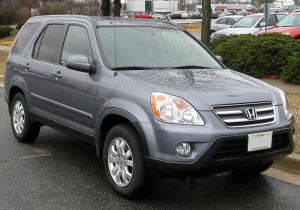 Guaranteed 3 across installations:
Guaranteed 3 across installations:
Clek Fllo (x3).
Diono Radian R120 / RXT (x3).
Diono Radian R120 / RXT, Diono Radian R120 / RXT, Graco TurboBooster.
Diono Radian R120 / RXT, Diono Radian R120 / RXT, Safety 1st Complete Air.
Diono Radian R120 / RXT, Diono Radian R120 / RXT, Graco Snugride 35.
Britax Frontier 90, Combi Coccoro, Safety 1st Complete Air.
Tips and Tricks:
This generation of CR-V is 1 inch wider (70 vs 69 in) and 1 inch longer (179 vs 178 in) than the prior generation, which means you have more options for 3 across seating. As with every generation of the CR-V, however, given the rather short length of the crossover, you’ll want to keep your front-to-back space in mind if you’d like to use the Dionos; I strongly recommend getting the angle adjuster so you won’t make driving your CR-V or sitting in the front passenger seat a negative experience. Similarly, to maximize side-to-side space, use your seat belts instead of the LATCH anchors.
1997, 1998, 1999, 2000, 2001 Honda CR-V
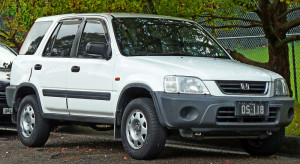 Guaranteed 3 across installations:
Guaranteed 3 across installations:
Clek Fllo (x3).
Clek Foonf (x3).
Clek Oobr (x3).
Peg Perego Flex 120 (x3).
Maxi-Cosi RodiFix (x3).
Diono Radian R120 / RXT (x3).
Diono Radian R120 / RXT, Diono Radian R120 / RXT, Graco TurboBooster.
Britax Frontier 90, Combi Coccoro, Safety 1st Complete Air.
Tips and Tricks:
This generation of CR-V is the smallest, which makes 3 across seating the most challenging. Your best bet will be some form of Diono in most cases, although it is possible to have installations that don’t involve the Diono, as indicated above.
As with every generation of the CR-V, however, given the rather short length of the crossover, you’ll want to keep your front-to-back space in mind if you’d like to use the Dionos; I strongly recommend getting the angle adjuster so you won’t make driving your CR-V or sitting in the front passenger seat a negative experience. Similarly, to maximize side-to-side space, use your seat belts instead of the LATCH anchors if you have them.
 If you find my information on best practices in car and car seat safety helpful, you can do your shopping through this Amazon link. Canadians can shop here for Canadian purchases. Have a question or want to discuss best practices? Join us in the forums!
If you find my information on best practices in car and car seat safety helpful, you can do your shopping through this Amazon link. Canadians can shop here for Canadian purchases. Have a question or want to discuss best practices? Join us in the forums!
 Who:
Who:


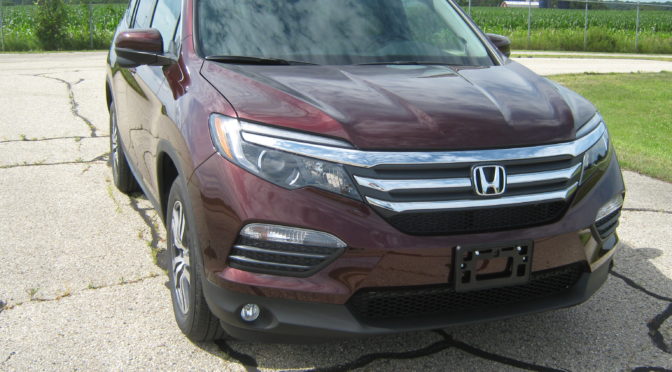
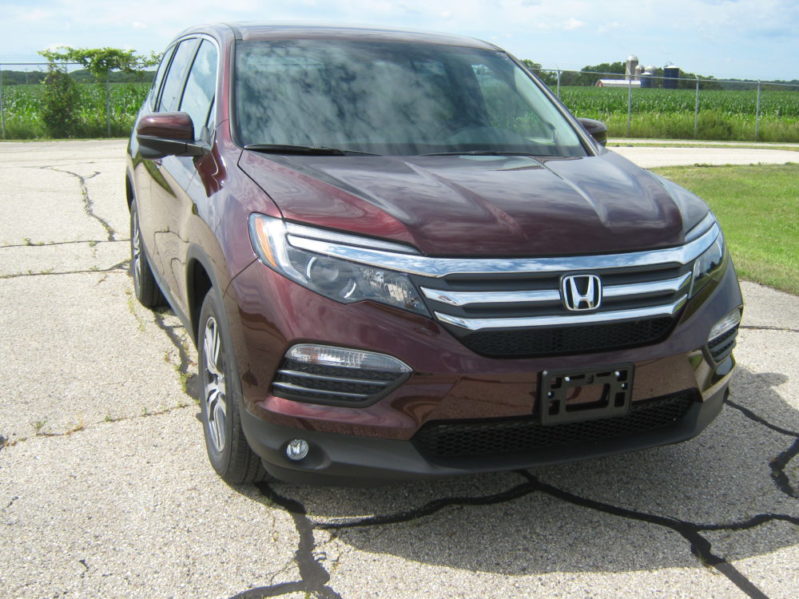 2016, 2017 Honda Pilot
2016, 2017 Honda Pilot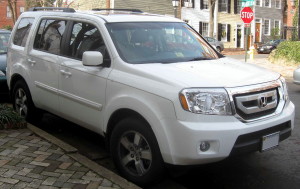 2009, 2010, 2011, 2012, 2013, 2014, 2015 Honda Pilot
2009, 2010, 2011, 2012, 2013, 2014, 2015 Honda Pilot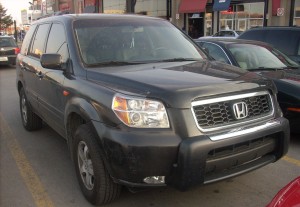 2006, 2007, 2008 Honda Pilot
2006, 2007, 2008 Honda Pilot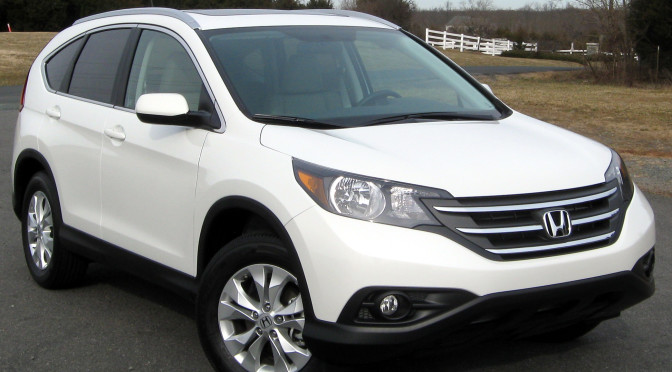





 If you find my information on best practices in car and car seat safety helpful, you can
If you find my information on best practices in car and car seat safety helpful, you can 

